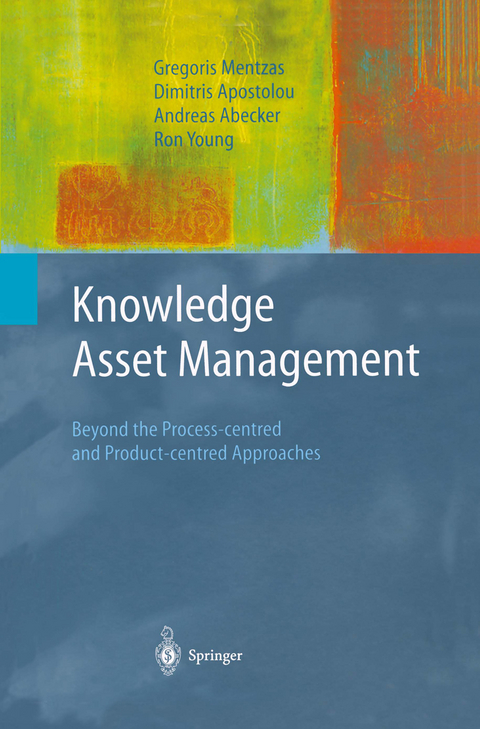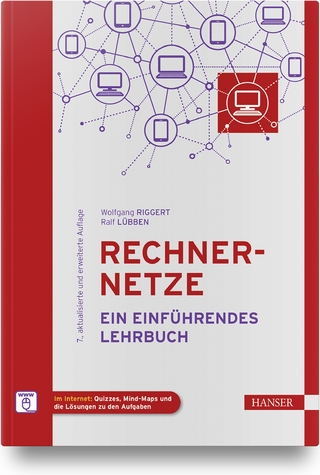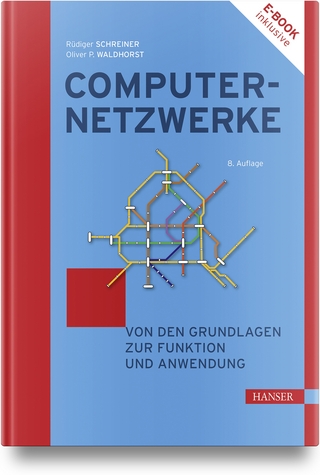
Knowledge Asset Management
Springer London Ltd (Verlag)
978-1-85233-583-0 (ISBN)
1 Process and Product Approaches in Knowledge Management.- 1.1 Knowledge and Knowledge Management.- 1.2 The Process and Product Approaches in KM.- 1.3 The Process and Product Approaches in KM Software.- 1.4 The Process and Product Approaches in KM Methods and Services.- 1.5 The Process and Product Approaches in KM Projects.- 1.6 The Need to Integrate the Two Approaches.- 2 The Know-Net Approach and Framework.- 2.1 A Strategic Perspective to Knowledge Assets.- 2.2 Conceptual Foundation of Know-Net.- 2.3 Overview of the Know-Net Framework.- 2.4 Knowledge Assets.- 2.5 Knowledge Networking Levels.- 2.6 KM Infrastructure.- 2.7 Using the Framework in an Integrated Manner.- 3 The Know-Net Method.- 3.1 Introduction.- 3.2 Strategic Planning for KM (Stage I: Plan).- 3.3 Developing the Knowledge Organization (Stage II: Develop).- 3.4 Operating the Knowledge Organization (Stage III: Operate).- 3.5 Measurement of Knowledge Assets.- 4 The Know-Net Tool.- 4.1 Introduction.- 4.2 Design Goals of the Know-Net Tool.- 4.3 Fundamental Elements of the Know-Net Tool.- 4.4 The Knowledge Server.- 4.5 The KM Applications.- 4.6 The Strategic Knowledge Navigator.- 4.7 The Knowledge Worker Navigator.- 4.8 The Knowledge Systems Administrator Navigator.- 4.9 The Advanced Search Interface.- 4.10 Summary and Related Work.- 5 Case Studies of the Know-Net Solution.- 5.1 Introduction.- 5.2 Case Summaries of the Know-Net Application in IT Service Companies.- 6 The Case of Planet S.A..- 6.1 Context of the Case Study and the Company.- 6.2 KM Business Case: Applying Stage I of the Know-Net Method.- 6.3 Developing a Knowledge Organization: Application of Stage II.- 6.4 Measuring the KM Initiative.- 7 Knowledge Asset Management: Know-Net and Beyond.- 7.1 Introduction.- 7.2 Knowledge Assets as a Key Link for Holistic KM.- 7.3 Knowledge Assets as a Concept for Future Research.- 7.4 Leveraging Knowledge Assets for k-Business.- Appendix A Knowledge Orientation Matrix.- A.1 Overview.- A.2 Questionnaire for Developing the Matrix.- A.3 Evaluating the Knowledge Orientation Matrix.- Appendix B Analyze and Leverage Knowledge in Business Processes.- B.l Module 1: Analyze Business Processes.- B.2 Module 2: Leverage Knowledge in Business Processes.- Appendix C Analyze and Leverage Knowledge Networks.- C.l Module 3: Analyze Knowledge Networks.- C.2 Module 4: Leverage Knowledge Networks.- Appendix D Develop the Knowledge Asset Schema.- D.l Purpose of Module.- D.2 Knowledge Object Store and Knowledge Ontology.- D.3 Development of the Knowledge Object Store.- D.4 Development of the Knowledge Ontology.- References and Further Reading.
| Reihe/Serie | Advanced Information and Knowledge Processing |
|---|---|
| Zusatzinfo | XV, 195 p. |
| Verlagsort | England |
| Sprache | englisch |
| Maße | 155 x 235 mm |
| Themenwelt | Mathematik / Informatik ► Informatik ► Netzwerke |
| Wirtschaft ► Betriebswirtschaft / Management ► Unternehmensführung / Management | |
| ISBN-10 | 1-85233-583-1 / 1852335831 |
| ISBN-13 | 978-1-85233-583-0 / 9781852335830 |
| Zustand | Neuware |
| Haben Sie eine Frage zum Produkt? |
aus dem Bereich


